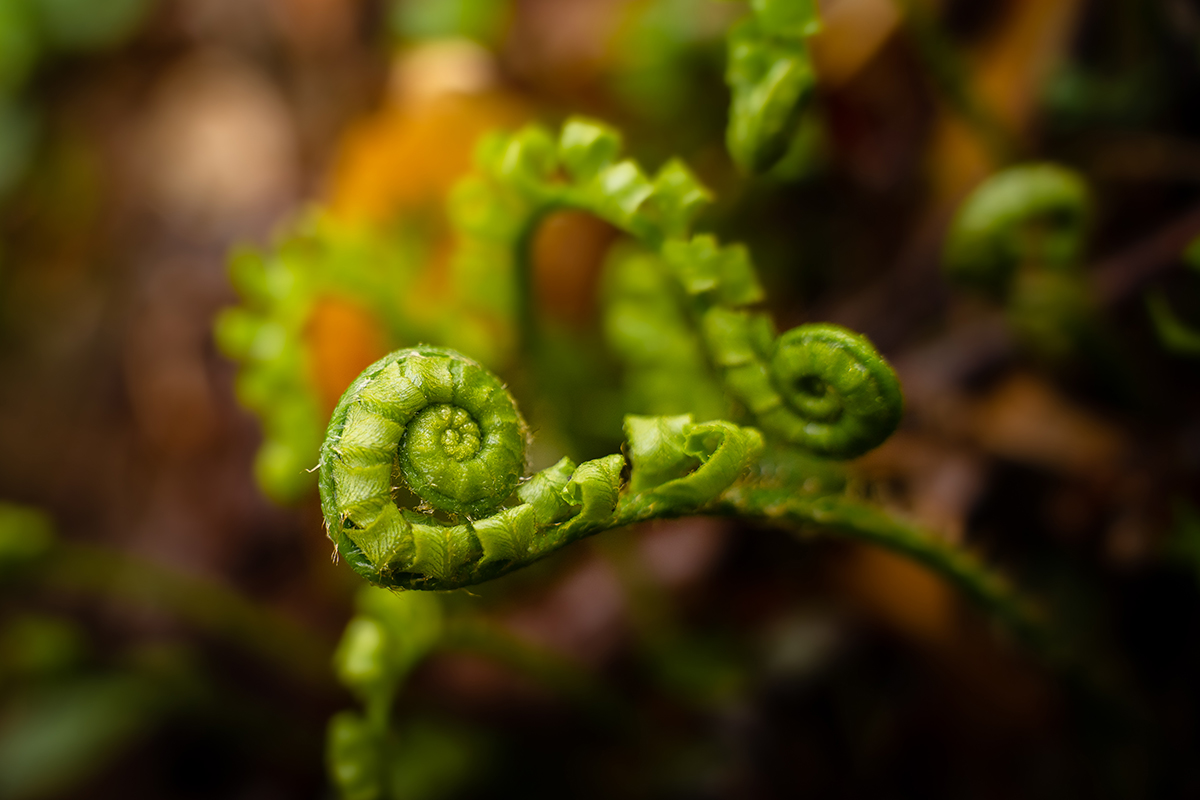Mother Nature’s Minutiae
Chelsea Marcantonio’s Tamron 28-75mm F2.8 G2 zoom helps her focus close for macro-style masterpieces.
Share the article:
More Photo Tips | Video Gallery | Photo Gallery | Enewsletter sign-up
By Jenn Gidman
Images by Chelsea Marcantonio
Even on the days when she’s not on the schedule at the Nature Conservancy of Canada, Chelsea Marcantonio will find herself trekking through local forests or fields, peering into shrubbery, unfurling flowers, and otherwise scouting for local plant life she can feature in her close-up photos. “I especially love going out in the rain, when the atmosphere is moody and the greens look and feel so fresh,” she says. “I want the pictures I take to encourage others to notice the small, everyday details surrounding them.”
Helping Chelsea zoom in on Mother Nature’s most miniscule offerings is the Tamron 28-75mm F2.8 Di III VXD G2 zoom for her Sony mirrorless camera system. “The 28-75mm F2.8 G2 focuses so close,” she says of the lens, which features a maximum magnification ratio of 1:2.7 and a minimum object distance (MOD) of 7.1 inches at 28mm, 15 inches at 75mm. “Even at 28mm, you can bring the lens almost right up to your subject. It’s mind-blowing how close you can get, even to insects. What I typically like to do, however, is zoom in up to 75mm with a wide-open F2.8 aperture to create that dreamy bokeh you see in many of my photos.”
CHELSEA’S QUICK TIPS
Stay loose with lighting.
With close-up photography, there are so many things you can do as a photographer, no matter what light you’re working with. If the weather is nice, I prefer to head out in the early morning and later in the evening, when the light is soft and warm. But don’t count out gloomy, overcast days, either. On those days, the cloud cover works as a giant substitute softbox. As a photographer, your creativity is only enhanced by adapting to any lighting situation.
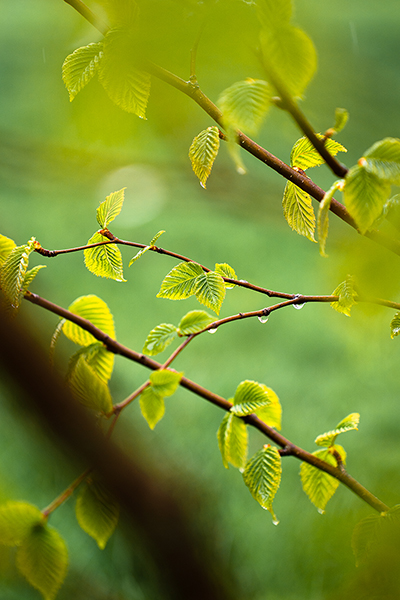
28-75mm (75mm), F2.8, 1/200 sec., ISO 250
Click image to view larger
Scan for visually arresting objects.
Train your eye to find the extraordinary in the seemingly ordinary. When I stumbled upon a group of fiddleheads, I looked for the most swirly of the bunch. When I was taking pictures of water droplets on leaves, I sought out the roundest, blobbiest-looking samples. After I find what I want to focus on, I then just have to figure out how to frame and compose the photo so that the viewer’s eye moves through the picture and ends up on those “perfect” specimens.
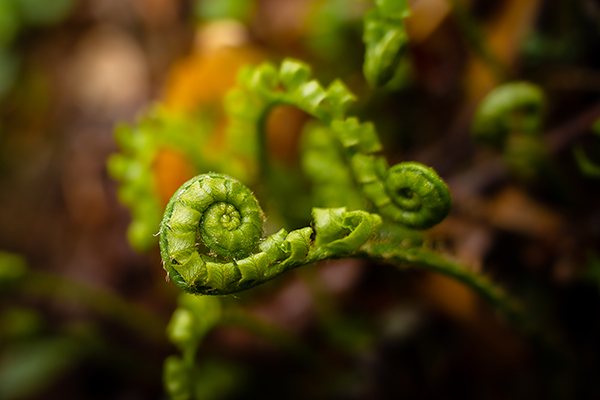
28-75mm (28mm), F2.8, 1/250 sec., ISO 400
Click image to view larger
Isolate your subject with selective focus.
I love shooting wide open at F2.8 for this kind of closeup work. By using a shallower depth-of-field and creating a soft, creamy bokeh, I’m able to guide my viewer’s gaze toward the central subject, while still retaining enough of the background environment to provide some context.
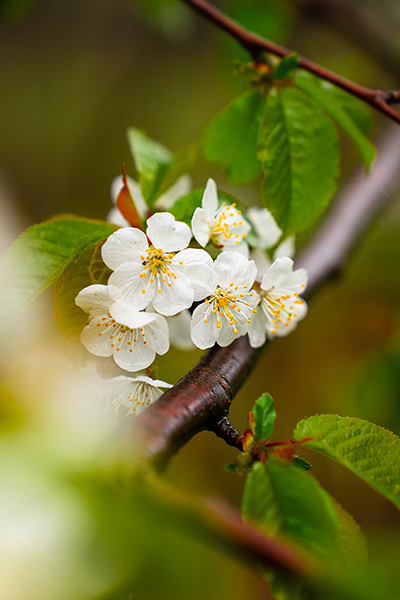
28-75mm (75mm), F2.8, 1/400 sec., ISO 200
Click image to view larger
You can see what effect I’m talking about with that fiddlehead, where you have one sample in focus in the foreground, while the others are still viewable in the background, but not at all distracting—they’re complementary to the main fern. Or with the eastern garter snake’s head, juxtaposed against a somewhat busy background. Or with those water droplets on the leaf—you can feel them getting ready to fall to the ground, making it a more dynamic image.
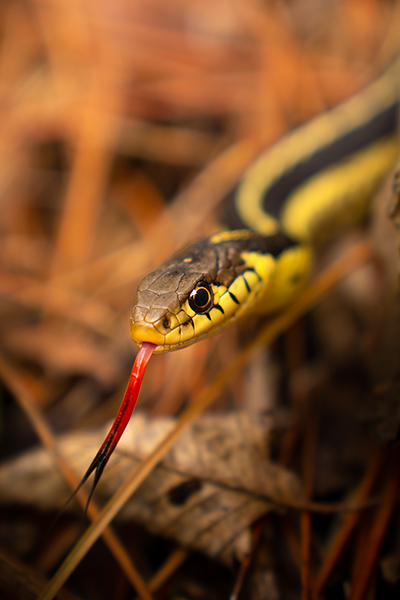
28-75mm (75mm), F2.8, 1/640 sec., ISO 250
Click image to view larger
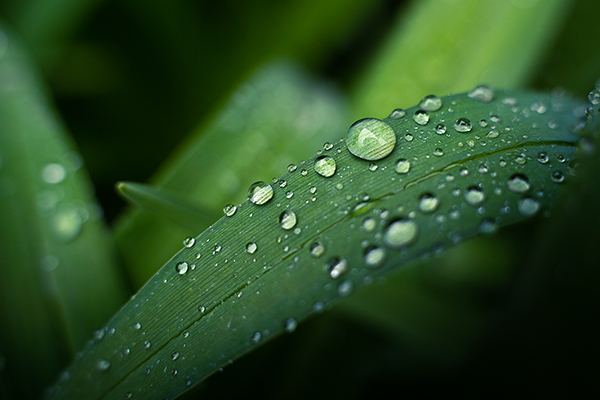
28-75mm (28mm), F2.8, 1/200 sec., ISO 320
Click image to view larger
Don’t play the comparison game.
This is a challenge. I follow many amazing macro photographers, and so of course it’s easy to look at their work online—which is made up of their final edited, meticulously curated images—and then compare it to whatever I’m working on. Meanwhile, you don’t know if they focus-stacked dozens of images to create such detail in that final beautiful picture, which you’re comparing to your single capture.
Comparison is the thief of joy. Get out there and shoot because you want to, and because it brings you that joy, not because you’re trying to outdo or impress others.
To see more of Chelsea Marcantonio’s work, check out her Instagram.
Is your Tamron News subscription up to date? Click to subscribe to all editions of Tamron News featuring how-to tips, new product news, contest announcements and inspiration!
More Photo Tips | Watch Videos | Learn More About Tamron Lenses | Photo Gallery
